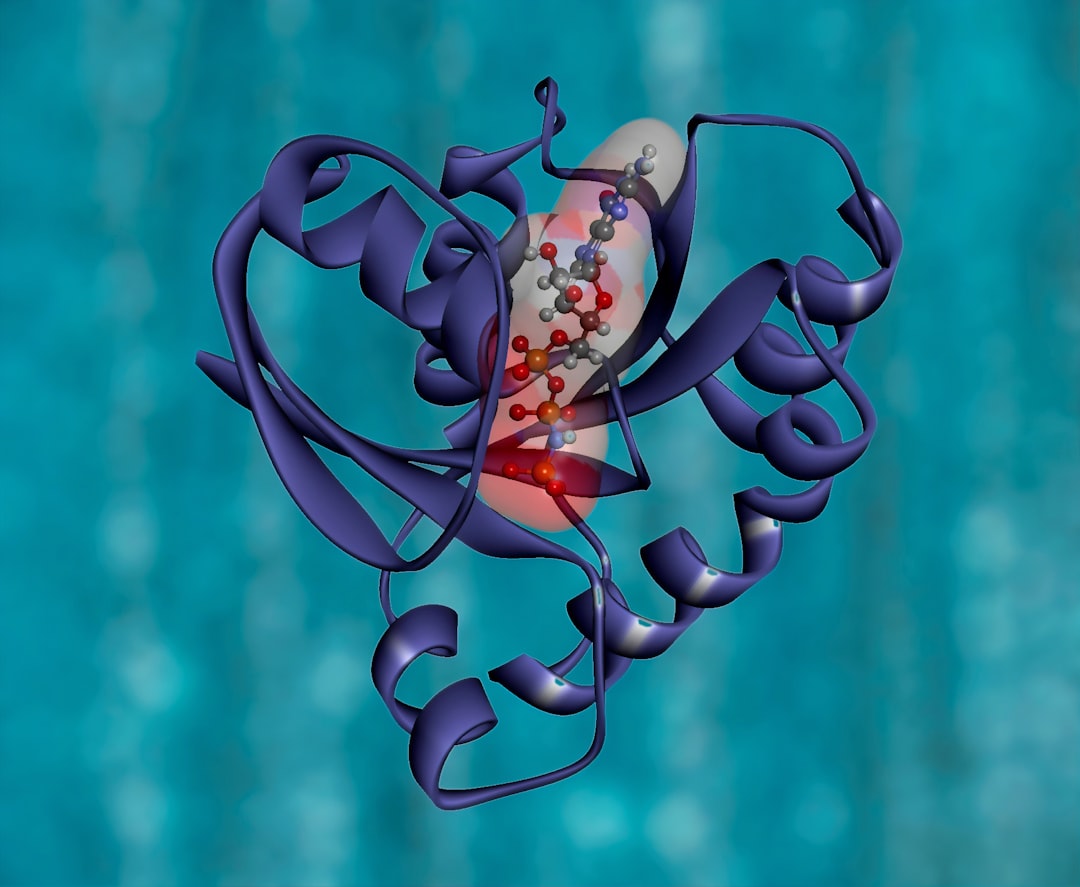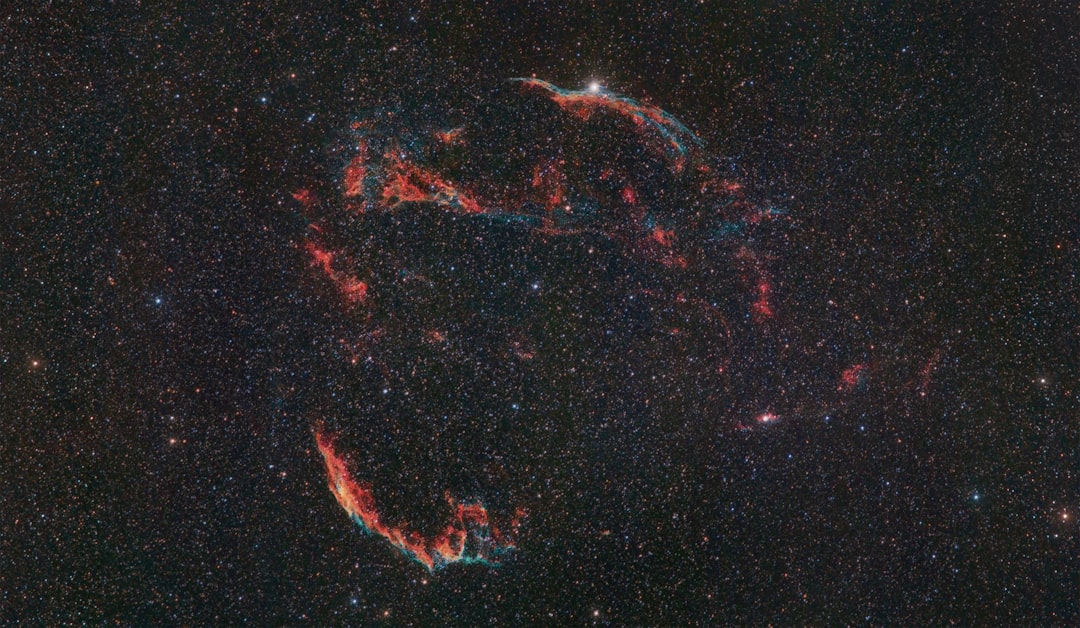What is it about?
We show that a broad range of instabilities that drive pattern formation in dusty plasmas can be treated in terms of a common resonant instability phenomenon. This led us to consider the possible overlap in places where these instabilities can appear. We found that two instabilities, the acoustic resonant drag instability and the dust-ion-acoustic two stream instability, should play a combined role in various astrophysical systems. We also found that several resonant instabilities should be accessible to laboratory experiment and propose the relevance of these experiments to astrophysics questions.
Featured Image

Photo by NASA on Unsplash
Why is it important?
Our work unifies resonant drag instabilities, a recently proposed class of instabilities expected to be relevant in varied astrophysical systems, with a broader range of known instabilities in dusty plasmas. It also provides a link between areas of interest to astrophysicists, such as planet formation and the environments near active galactic nuclei, to phenomena seen in laboratory dusty plasma experiments.
Perspectives
It has been rewarding to produce work relevant to both astrophysics and laboratory experiment, and I hope these results provide an opportunity for further conversation between plasma astrophysics and laboratory dusty plasma researchers.
Ben Israeli
Princeton University
Read the Original
This page is a summary of: Resonant instabilities mediated by drag and electrostatic interactions in laboratory and astrophysical dusty plasmas, Physics of Plasmas, August 2023, American Institute of Physics,
DOI: 10.1063/5.0151645.
You can read the full text:
Contributors
The following have contributed to this page










